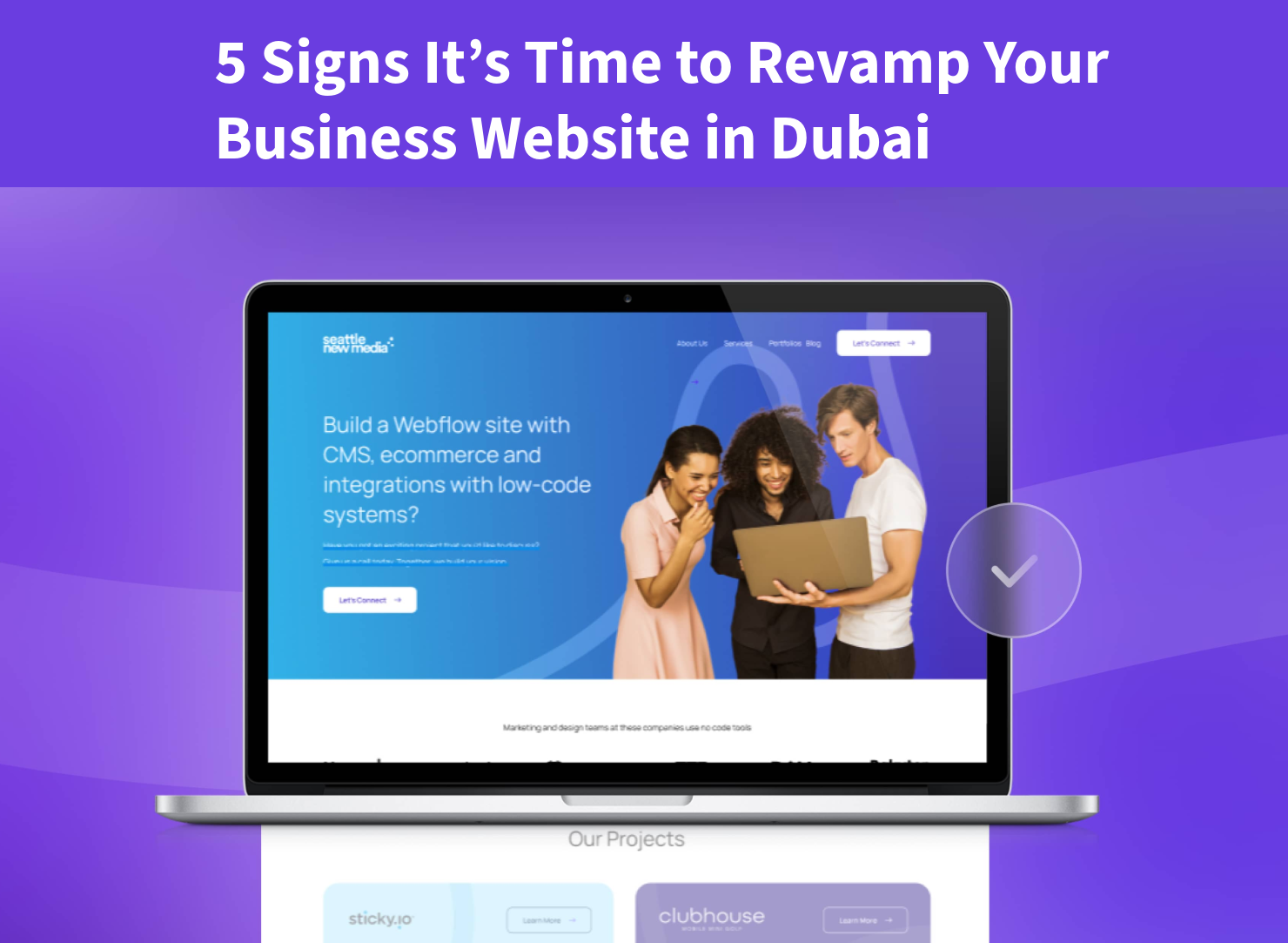Introduction
Mobile-First Design is no longer just an option—it’s a necessity. In today’s digital world, your website is often the first impression potential customers have of your business. But here’s the reality—most of those visitors are not browsing from a desktop computer anymore. According to global statistics, over 60% of web traffic comes from mobile devices, and that number keeps growing every year. This approach ensures your site is optimized for the way most people actually access it.
According to global statistics, over 60% of web traffic now comes from mobile devices, and that number continues to rise each year. This means that if your site isn’t designed with mobile users as the priority, you could be losing out on the majority of your potential audience. Slow loading times, poor navigation, and layouts that don’t adapt to smaller screens can drive visitors away before they even explore your offerings.
A Mobile-First Design approach ensures that your website is optimized for the way most people actually access it. By prioritizing speed, readability, and user-friendly navigation on smartphones and tablets, you create a seamless experience that keeps visitors engaged. Once the mobile version is perfected, it’s easier to adapt it for desktops, ensuring consistency across all devices and strengthening your online presence.
This is where Mobile-First Design comes into play—not as a trend, but as a necessity.
What is Mobile-First Design?
Mobile-first design is an approach to web development where the mobile version of a website is designed first, and then scaled up for larger devices like tablets and desktops.
Instead of creating a desktop site and trying to “shrink it down” for smaller screens, this method ensures mobile users get a seamless, fast, and user-friendly experience from the start.

Why Mobile-First Design Matters in 2025
1. Mobile Traffic is Dominating
With smartphones becoming the primary browsing tool, ignoring mobile design means ignoring the majority of your audience. A desktop-only approach risks losing leads and sales.
2. Google Prioritizes Mobile-Friendly Websites
Google uses mobile-first indexing, meaning it primarily looks at your mobile site when ranking pages. If your mobile site is slow or poorly optimized, your SEO rankings will suffer.
3. Better User Experience
Mobile-first design focuses on clean layouts, readable fonts, and easy navigation—all essential for keeping users engaged and reducing bounce rates.
4. Faster Loading Times
By designing for mobile first, developers naturally optimize content and code for speed, which improves performance across all devices.
5. Competitive Advantage
In many industries, competitors are still catching up with mobile-first principles. Adopting it now gives you a clear edge in usability and SEO.
Best Practices for Mobile-First Design
- Prioritize essential content – Keep the most important information front and center.
- Use responsive design – Ensure your website adapts seamlessly to all screen sizes.
- Optimize images – Use compressed and scalable images to maintain quality without slowing down your site.
- Simplify navigation – Use clear menus, buttons, and call-to-action elements.
- Test on multiple devices – Check performance on different smartphones and tablets before launch.
Conclusion
Mobile-first design is no longer a “nice-to-have” feature—it’s the foundation of modern web development. By putting mobile users at the center of your design strategy, you’re not only improving their experience but also boosting your SEO, conversion rates, and brand reputation.
If you’re planning a new website or revamping an old one, make sure mobile-first is at the heart of your development process.
The Best Web Design Company from Dubai. As a web design company based in Dubai, Webwhites has established itself as a leader in delivering exceptional web design solutions. Our team of skilled designers and developers stay at the forefront of industry trends and technologies, ensuring that our clients receive modern and innovative web design services. We are committed to creating visually stunning websites with intuitive user experiences that help businesses succeed in the digital realm.


